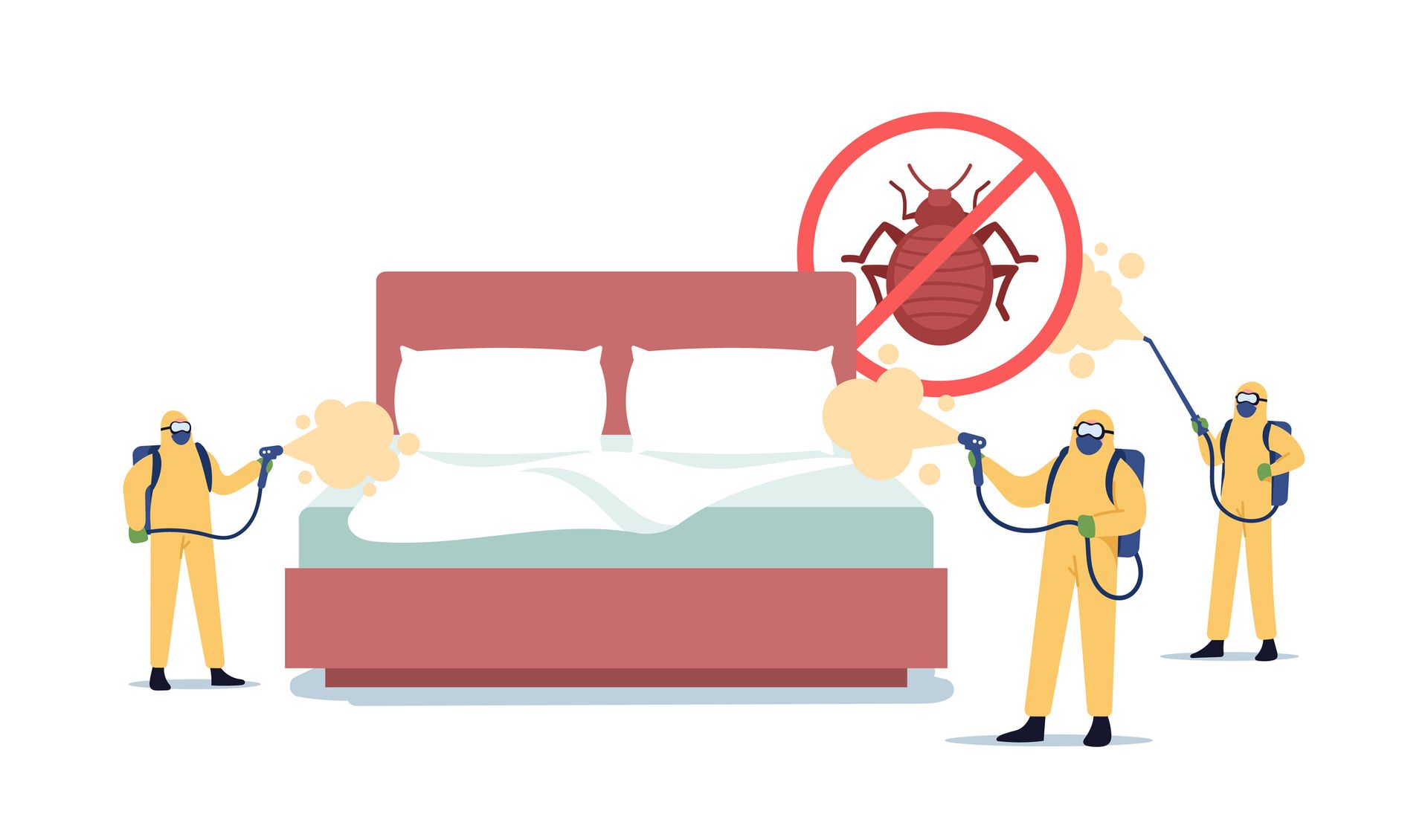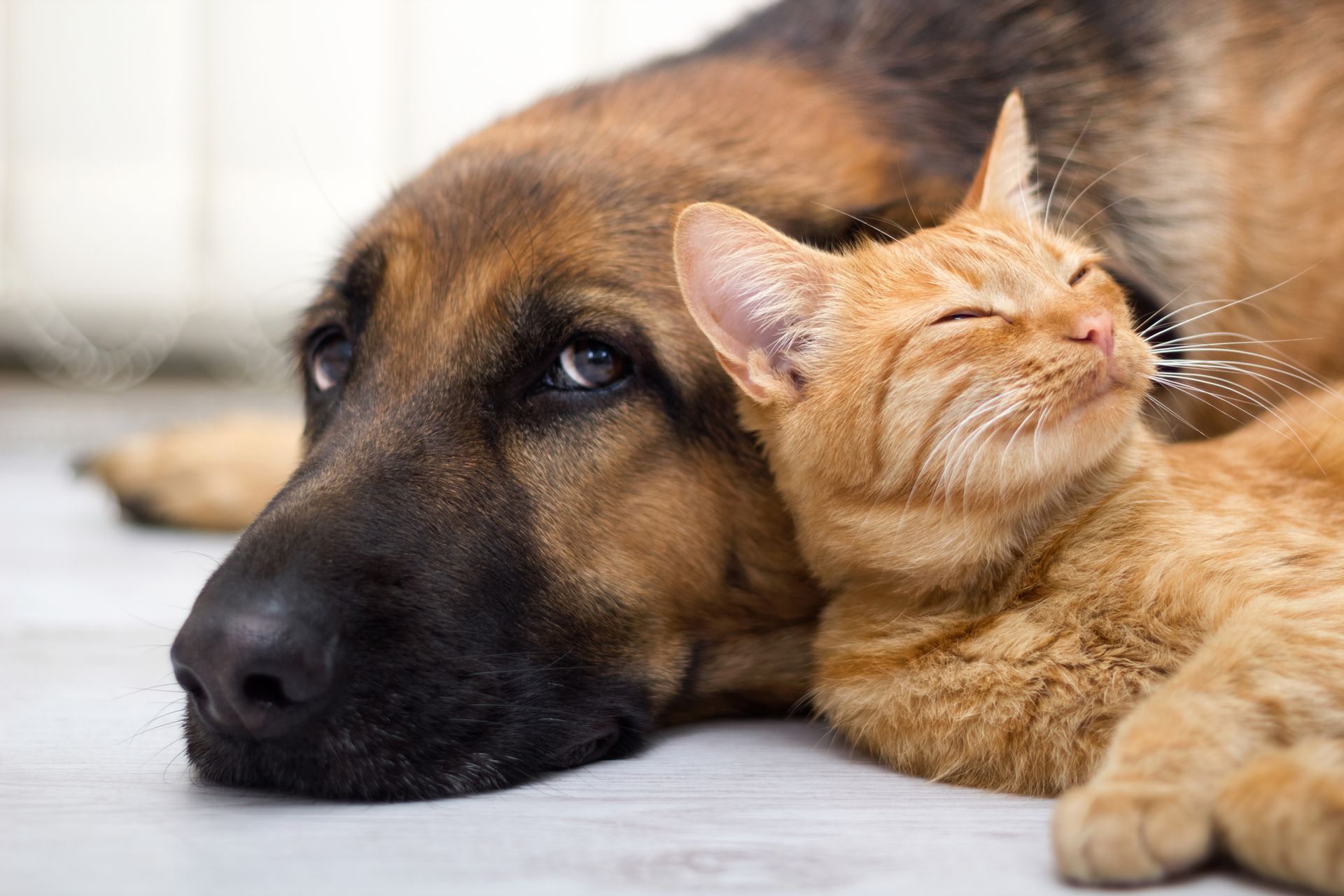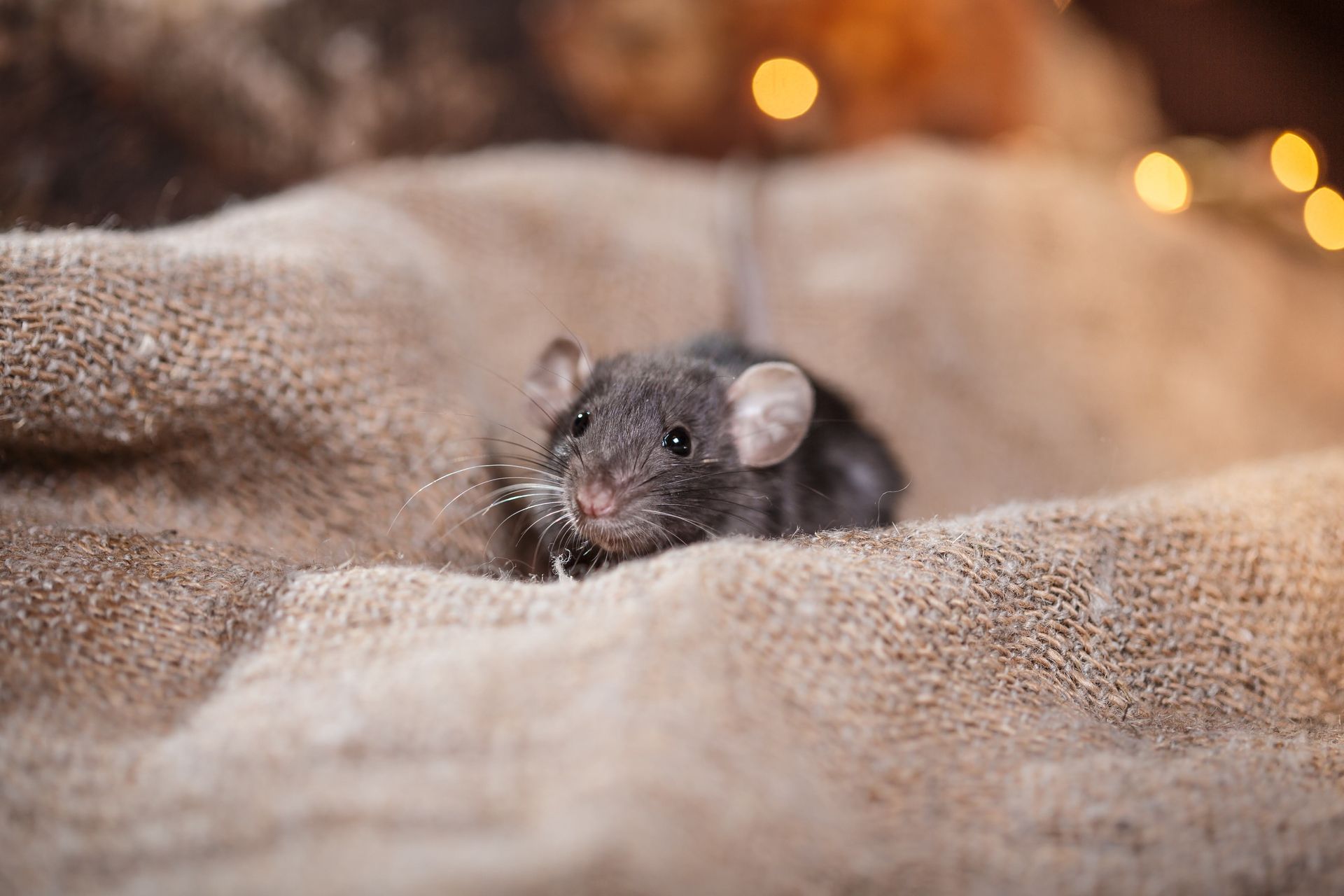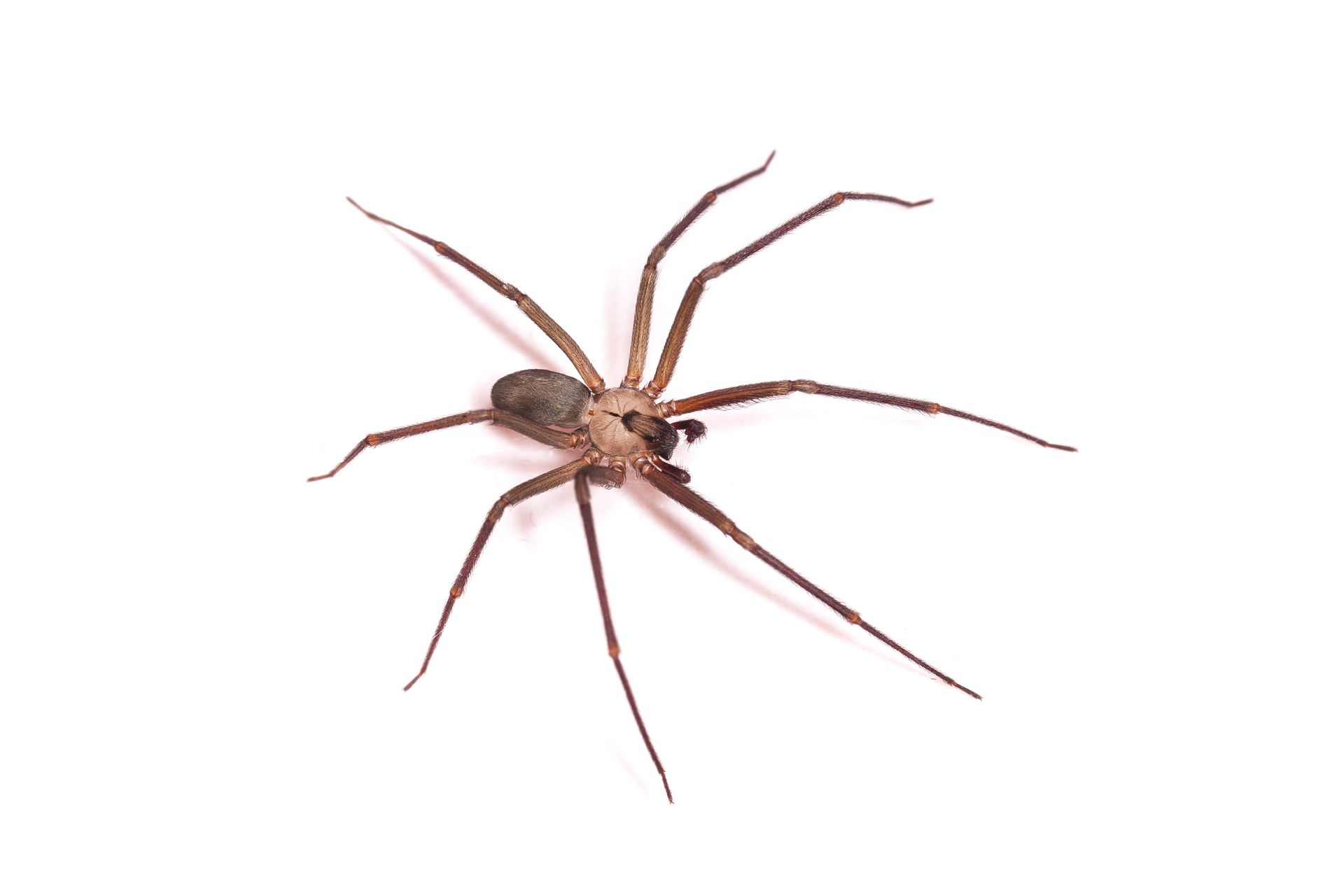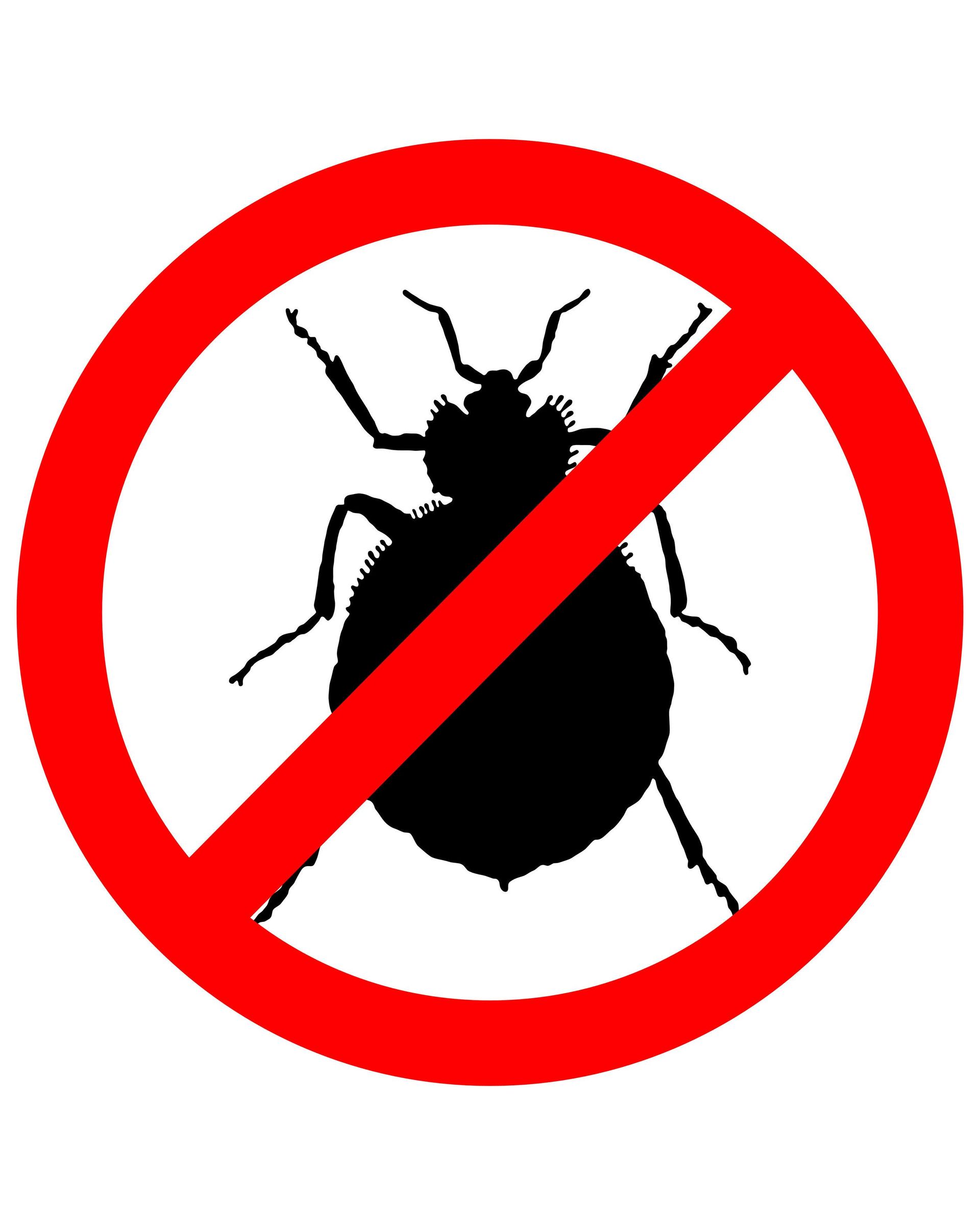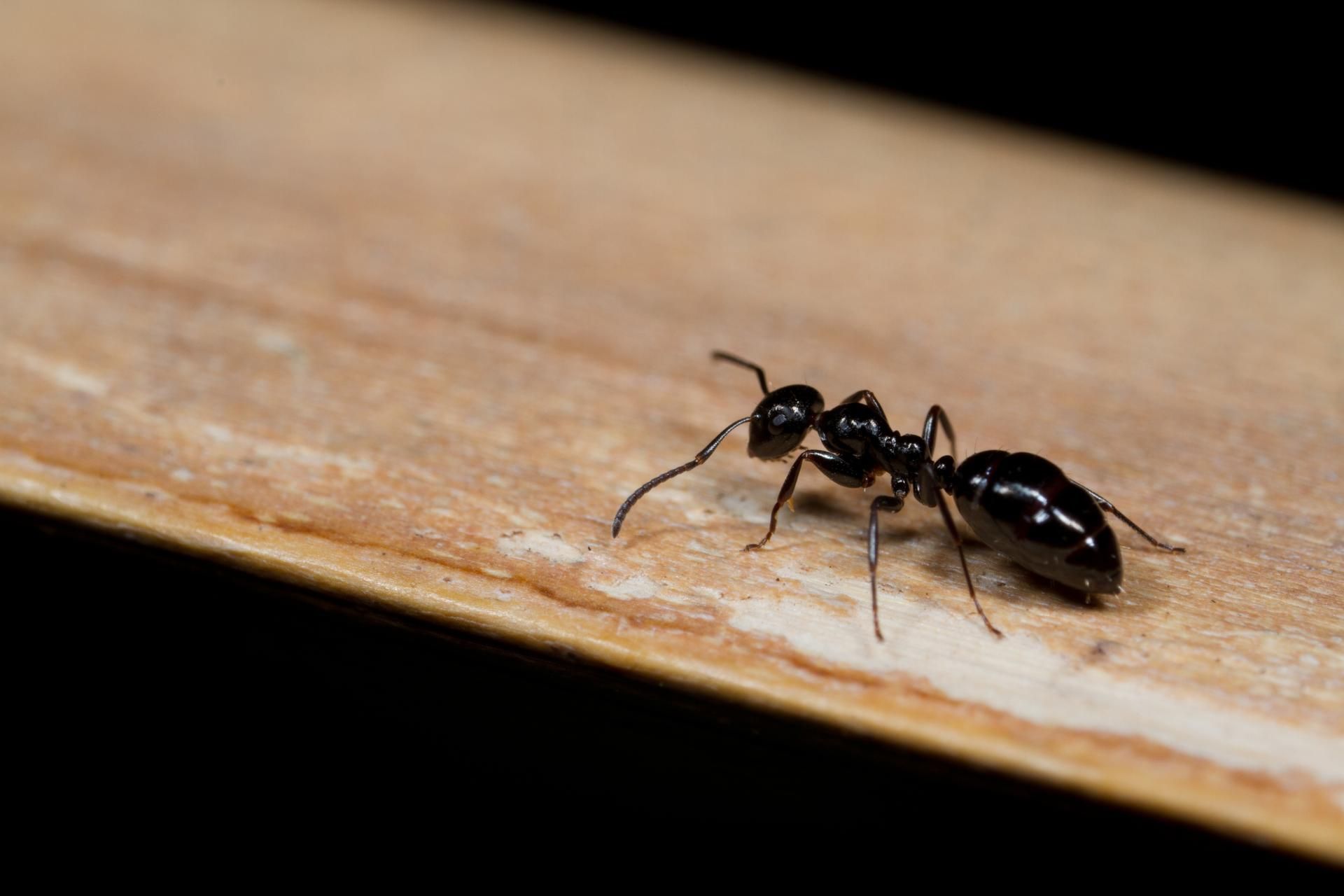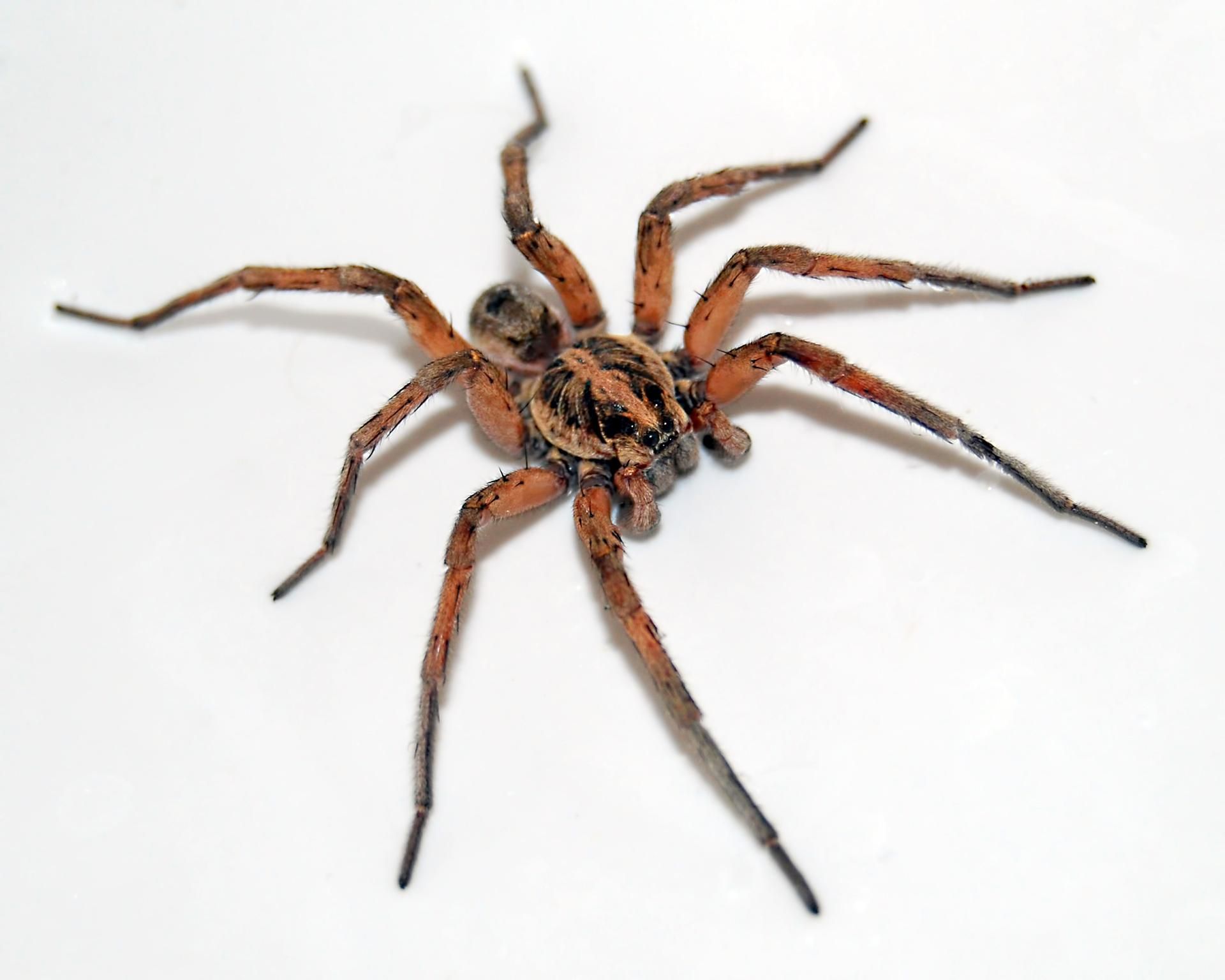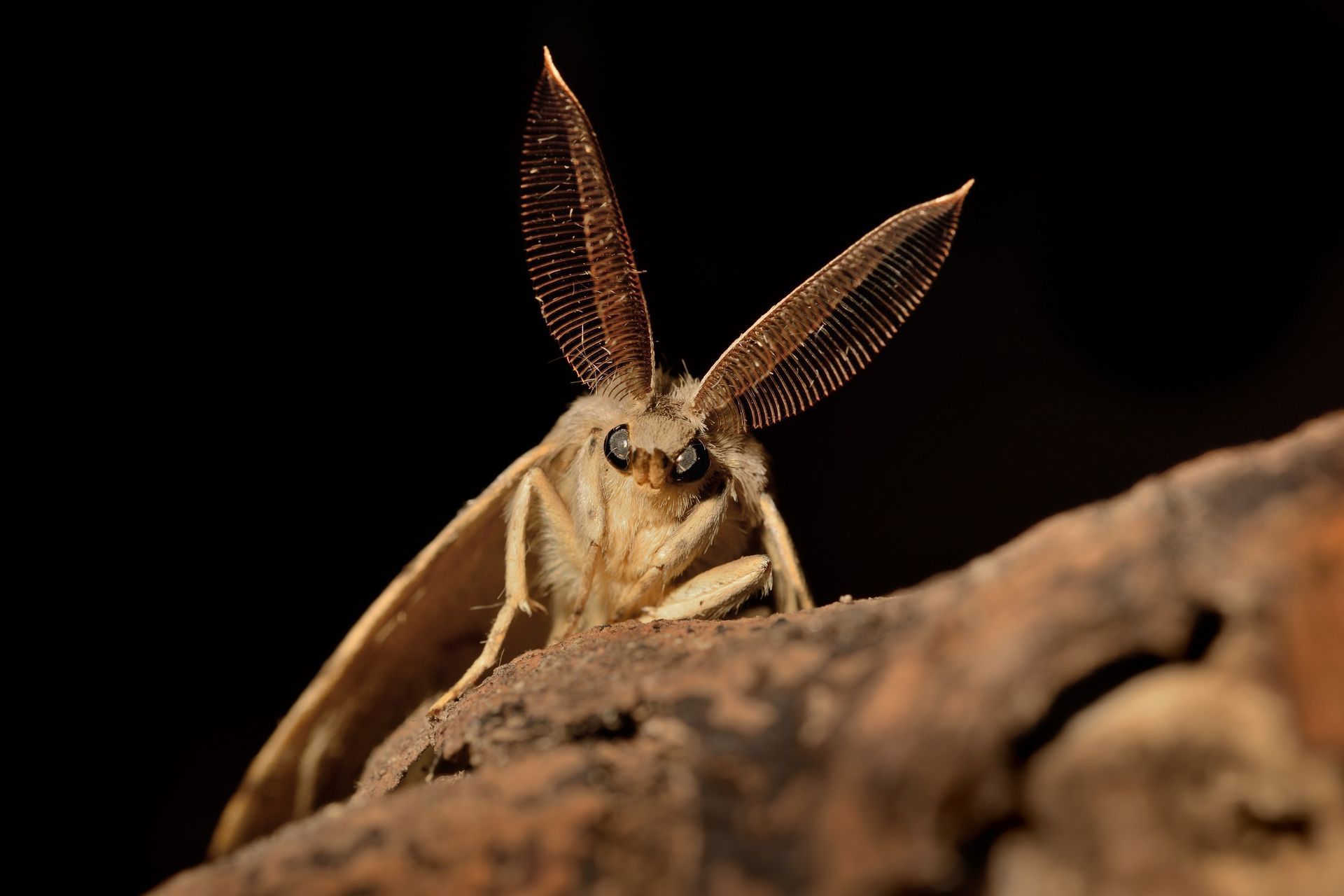Text PassPest to 85100
Mail all payments to 4844 Vann Road Newburgh IN 47630
Mice vs. Rat Infestations: Key Differences
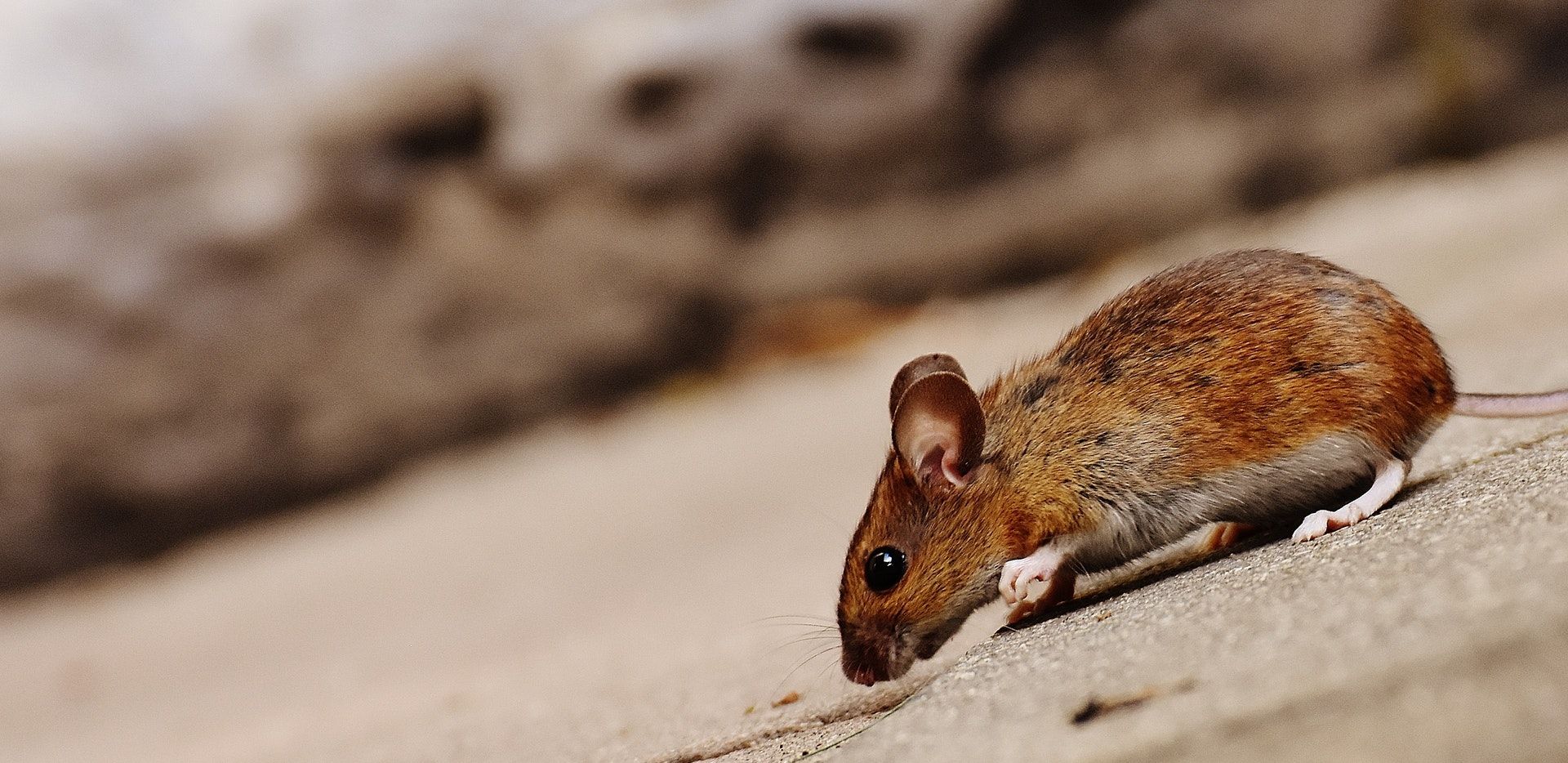
Rodent infestations are a common problem for homeowners, but not all infestations are created equal. While mice infestations and rat infestations may seem similar, understanding their differences is crucial for effective pest control. Identifying whether you’re dealing with mice or rats can determine the best methods to protect your home from these invasive pests.
Size and Appearance Matter
The most immediate difference between mice and rats is their size and physical traits. Mice are typically smaller, with a slender build and large ears. Their tails are generally thin and about the same length as their bodies. Rats, on the other hand, are larger, often ranging from several inches or more, with thicker bodies, smaller ears, and tails shorter than their bodies. Visual recognition is essential for confirming the type of infestation you’re dealing with, as size can also impact their nesting behaviors and dietary needs.
Nesting Habits and Behavior
Mice and rats differ in how and where they choose to nest, directly affecting pest control strategies. Mice are curious creatures and tend to nest in warm and hidden locations within your home, such as behind walls or inside furniture. Rats, however, prefer creating burrows outside near foundations but are also capable of invading basements and attics. Because of their distinct nesting habits, pest control services often employ customized approaches to locate and eliminate rodent colonies effectively.
Diet and Foraging Patterns
Another significant difference lies in their eating habits. Mice are nibblers, consuming small amounts of food and returning frequently to their source. They are less picky about what they eat and will adapt to a variety of available food supplies. Rats, however, are cautious feeders and tend to eat larger quantities at once. They are more likely to avoid new food sources until they feel safe. This behavioral difference influences baiting strategies used in pest control, as targeting the feeding behaviors of rodents requires tailored techniques.
Reproduction Rates and Infestation Growth
Mice reproduce at a faster rate compared to rats, which can make a mouse infestation escalate more rapidly if left untreated. A single female mouse can produce multiple litters per year, with several offspring per litter. Rats reproduce more slowly, with only a few litters per year. However, while their reproduction is slower, rats tend to cause more damage due to their larger size. Understanding this reproductive difference helps in determining how proactive pest control services need to be when addressing either infestation.
Entry Points and Damage
Both mice and rats can squeeze through surprisingly small openings. Mice can fit through gaps as narrow as a dime, while rats need a slightly bigger opening, about the size of a quarter. Once inside, mice tend to cause less structural damage but can still chew through wires, insulation, and stored food. Rats, being larger, typically cause more extensive damage to wiring, plumbing, and even foundations. Securing entry points and repairing rodent damage are essential steps in keeping your home safe.
Health Risks and Diseases
Both mice and rats pose significant health risks, but they differ slightly in the diseases they commonly transmit. Mice are more associated with the spread of salmonella and hantavirus, which are present in their droppings and urine. Rats, on the other hand, are carriers of diseases like leptospirosis and rat-bite fever, which can spread through direct contact or contaminated food. Recognizing these risks emphasizes the importance of quick action when rodents are discovered.
How Pest Control Services Approach Them
Pest control professionals take a tailored approach based on whether you’re dealing with mice or rats. With mice infestations, treatments usually involve identifying nest locations, sealing entry points, and placing bait in key areas. Since mice have a more curious temperament, baiting and trapping can be highly effective. For rat infestations, pest control services often focus on outdoor burrow elimination, more secure bait stations, and reinforcing entry points to prevent re-entry. Understanding the characteristics of each rodent ensures these services are customized for optimal results.
Understanding the differences between mice and rats is the first step in effectively dealing with infestations. By identifying the type of infestation early, you can work with pest control services to address the problem quickly and minimize health risks or property damage. Taking action now will help ensure your home remains safe, secure, and rodent-free.
Contact us at Pass Pest Control to learn more about pest control methods to tackle rodent infestation.
Mail all payments to Accounting Dept c/o Pass Pest Control 4844 Vann Road Newburgh IN 47630


